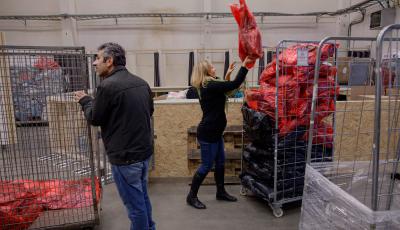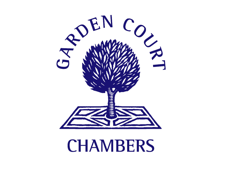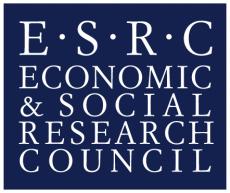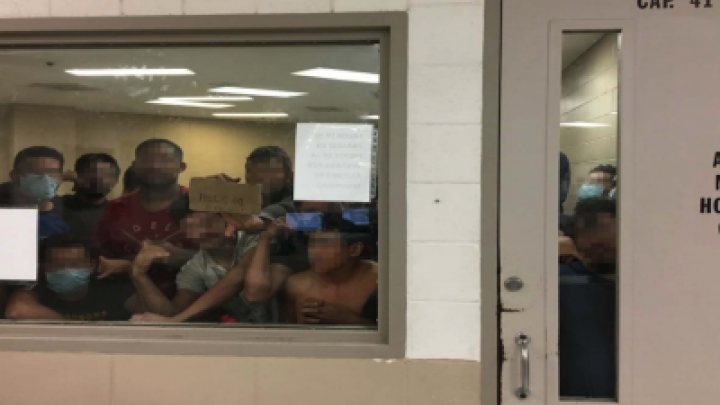Integrate or Return: Staff Friction at Reception Centers
Posted
Time to read
Guest post by Nicolay B. Johansen, Assistant Professor in the Department of Sociology and Social Work at Aalborg University, Denmark. This is final instalment of Border Criminologies themed week on Immigration Control: Staff Perspectives organised by Thomas Ugelvik.
Addressing the mangers of all the reception centers in Norway, the deputy minister asked for help to force rejected asylum seekers out of the country. For want of effective political tools, the authorities had opted for Plan B: combining all sorts of secondary measures to make rejected asylum seekers’ lives unbearable. The immigration authorities (UDI) made reception centers part of this endeavor. Now the deputy minister wanted the staff’s help. Yet, my experiences at two reception centers, ‘Smalltown’ and ‘Placewood,’ indicated to me that staff were not prepared to cooperate in these endeavors.

At the 2014 ‘conference,’ the deputy minister, Himanshu Gulati, took the chair. Gulati represents the right wing liberal ‘Progress Party,’ known for its negative rhetoric about immigrants and harsh position on immigration issues. He emphasized that one-third of the residents in reception centres aren’t asylum seekers proper, as they’ve had their applications rejected. The presence of irregular migrants and the difficulties that arose in deporting rejected asylum seekers had become a political headache long before the liberal conservative coalition won the election in 2013.
Gulati mentioned some measures the political leadership have taken to relieve this situation―more deportations, fast track handling of so-called ill-founded complaints―and promised to reduce the turnaround. In addition, there were linguistic changes: rejected asylum seekers were no longer being encouraged to return to their home country ‘voluntarily.’ ‘Many of the challenges seem insurmountable,’ he said, summing up the situation rather bleakly, and asked delegates who ran reception centres to be ‘creative.’ Gulati encouraged them to contact government officials directly if they had any ideas: ‘You are the ones who know where the shoe pinches.’
Why did the deputy minister ask for assistance? The measures he mentioned, and his ‘invitation,’ can be interpreted as a sign of desperation in the face of the fact that the state has been powerless to maintain its borders.
For asylum seekers whose applications have been rejected, there is no work and no social security benefits except for the reduced allowances at the reception centers and limited health care. These are the linchpins of a framework condemning them to a situation intended to be more terrible than the alternative in their country of origin. This appeal to ‘voluntarism’ requires attention to alternative ways of earning a living: the black market, legal loopholes, and other illegal sources of income. In fact, any small advantage coming the way of irregular immigrants threatens to undermine the plan. By adding another ounce of pain, one can hope to push their despair to such a level that irregular immigrants choose to leave.

The leader of Placewood, for example, was very enthusiastic about MI. Her staff, including the janitor, were more ambivalent. Placewood is a commercial reception centre whereas Smalltown is run by idealists. The Smalltown staff vocally expressed misgivings. They felt that MI demanded they should manipulate residents in their everyday encounters. For them, interviews with their residents were opportunities for spontaneous conversations and support. And the staff at Smalltown were angry about being expected to change their approach into something that would serve the purposes of the UDI.
Both Placewood and Smalltown are contracted to the UDI. The demand that they perform return work has shifted their focus when relating to their residents. One adaption is to make their contribution small. Another is outright refusal. The staff didn’t seem prepared to take part in Plan B, to contribute to nudging rejected asylum seekers out of the country.
Any comments about this post? Get in touch with us! Send us an email, or post a comment here or on Facebook. You can also tweet us.
__________
How to cite this blog post (Harvard style):
Johansen, N.B. (2016) Integrate or Return: Staff Friction at Reception Centers. Available at: https://www.law.ox.ac.uk/research-subject-groups/centre-criminology/centreborder-criminologies/blog/2016/02/integrate-or (Accessed [date]).
Share
YOU MAY ALSO BE INTERESTED IN
With the support of









